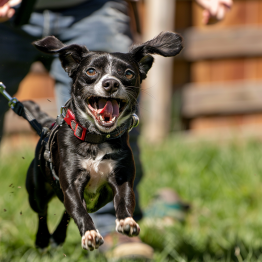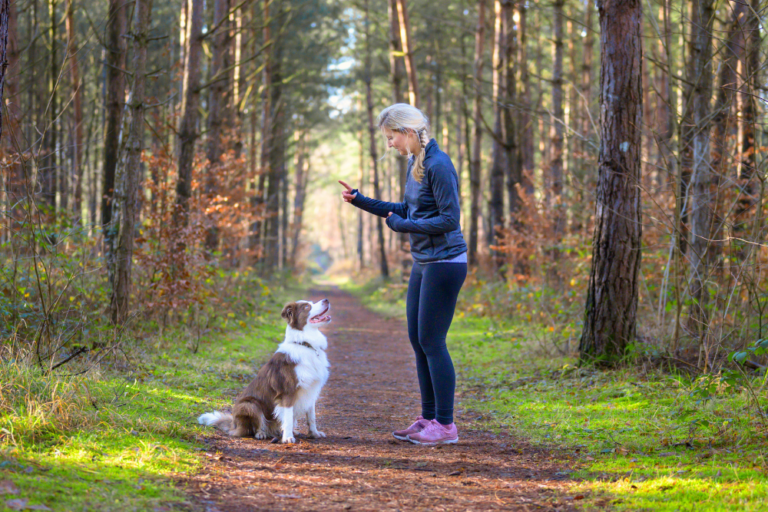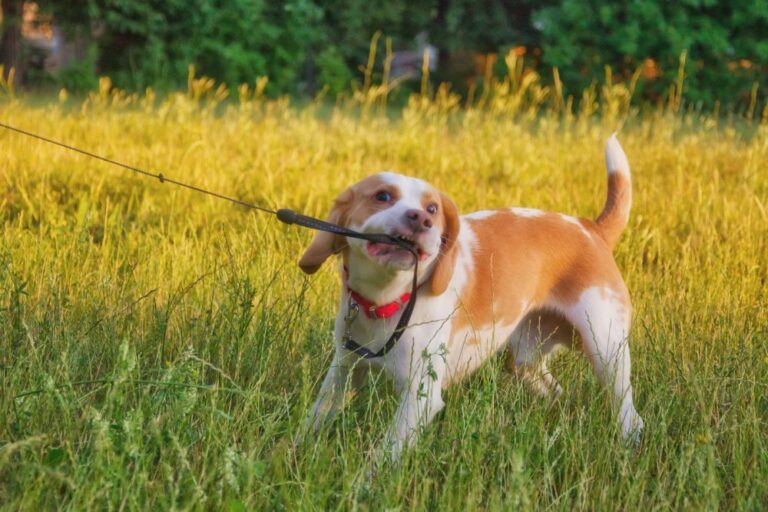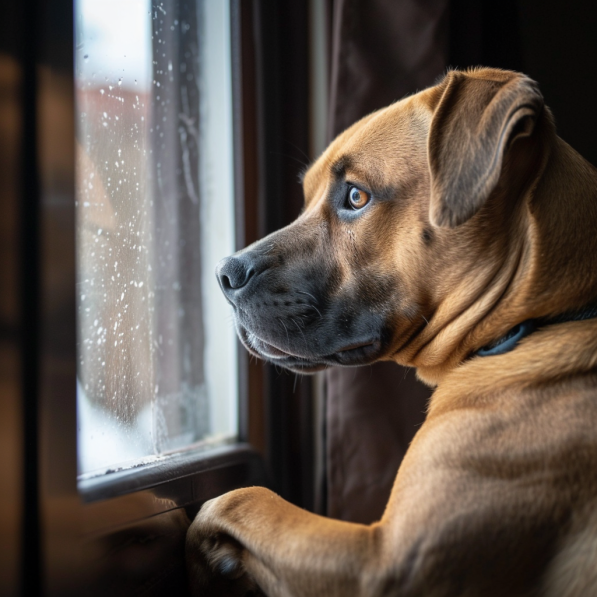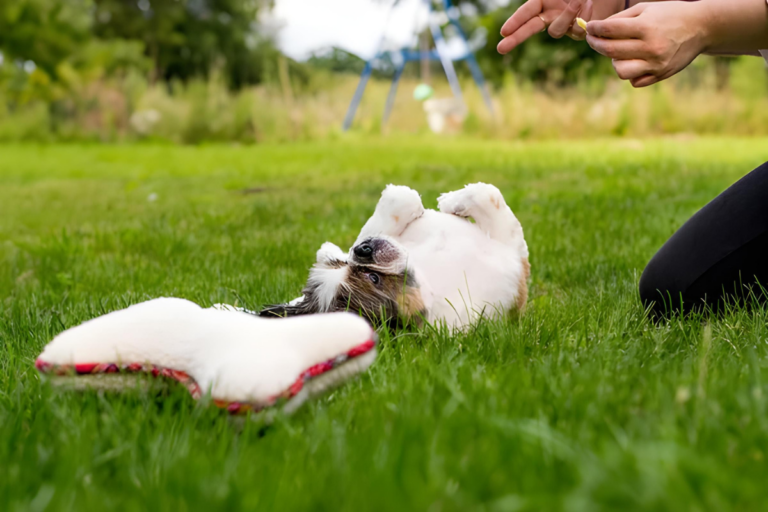Dangerous Dog Breeds in the UK
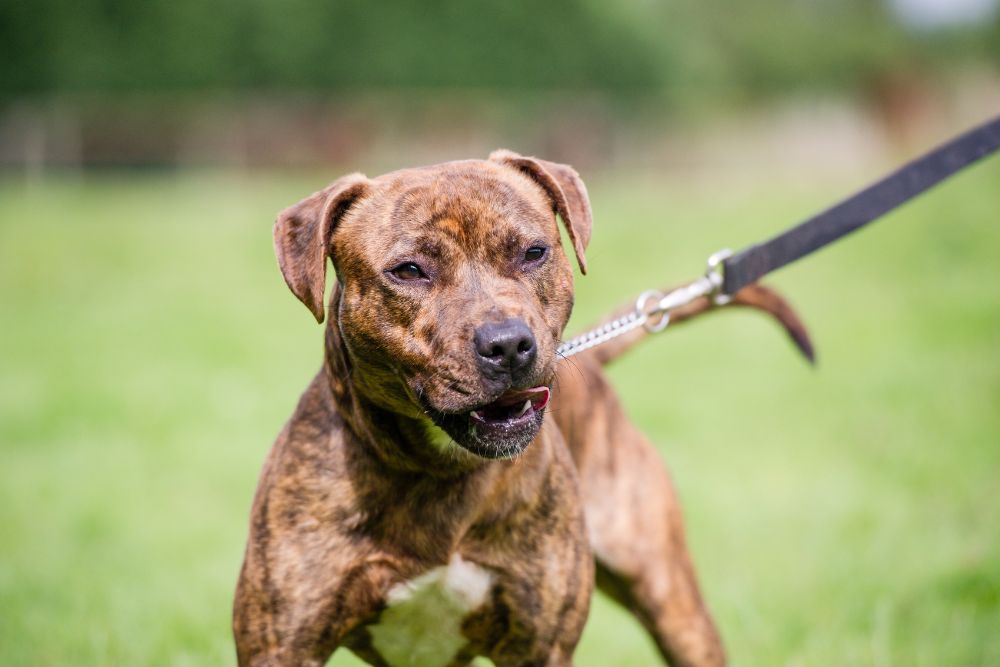
Time for some potentially grim news: dog ownership is a big responsibility, and the breeds that are regarded as dangerous wards under UK law principally contribute to this statement.
While all dogs have the propensity to be incredible companions, some breeds have rules and regulations limiting their breeding because of the concern for safety and aggression.
To protect the public and the animals themselves, the UK has strict regulations on certain breeds. In this guide, we will learn about the dangerous breeds in the UK and what gave rise to these restrictions and learn responsible ownership.
Why Are Some Dog Breeds Considered Dangerous:
Breed-Specific Legislation (BSL) was introduced in the UK in response to a perceived greater threat from certain dogs to public safety.
Though behavioral development pertains to training and environment, some breeds have been in breeding practice for guardianing or fighting and tend somewhat towards aggressive tendencies when kept without appropriate management.
Main Justifications for Breed Restriction:
- History of Aggression: Some breeds were originally bred for fighting or protection.
- Physical Strength: Large muscular breeds, with powerful bites, can easily and seriously harm if they attack.
- Unpredictable Behavior: Since failure to adequately train and socialize such dogs can lead to aggression.
Below is a list of banned breeds in the UK:
1. Pit Bull Terrier
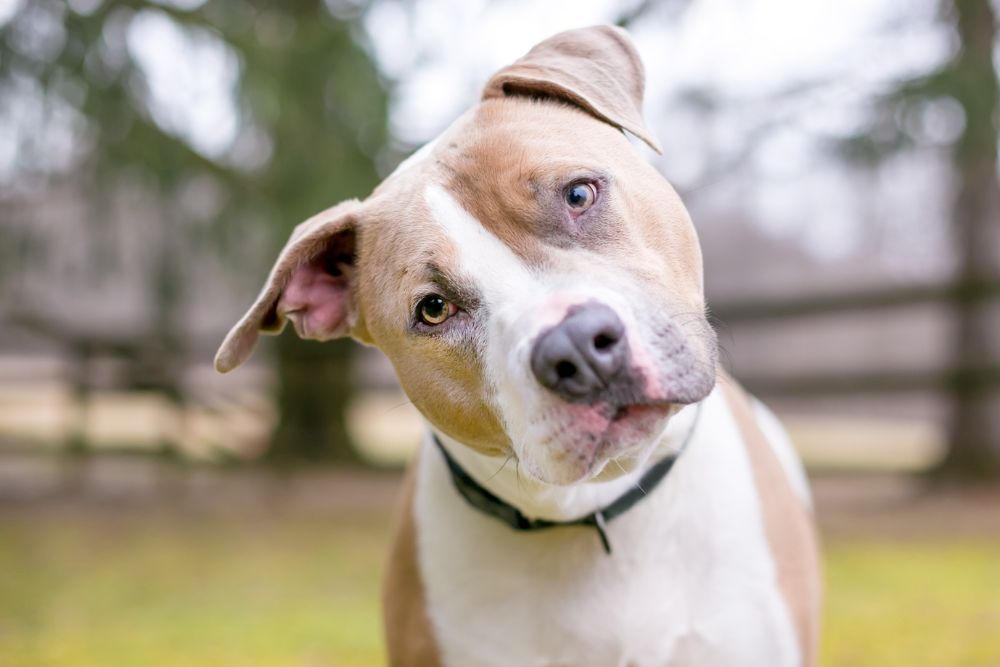
This breed is possibly the most known banned breed in the UK. They originated from bull-baiting and later developed in illegal dog fighting. Strong, committed, and very energetic, the dog can be very affectionate in an environment where they are made secure. However, they have been focused on in the breed-specific legislation due to their fierce tenacity, significant biting strength, and proclivity for aggression if not trained properly.
Why They Are Restricted:
These have their own fighting history, and their body structure makes these dogs a risk if not carefully trained or socialized. They are powerful and strong-willed, which can generally be a challenge for the inexperienced owner.
Legal Status:
Banned under the Dangerous Dogs Act 1991.
2. Japanese Tosa
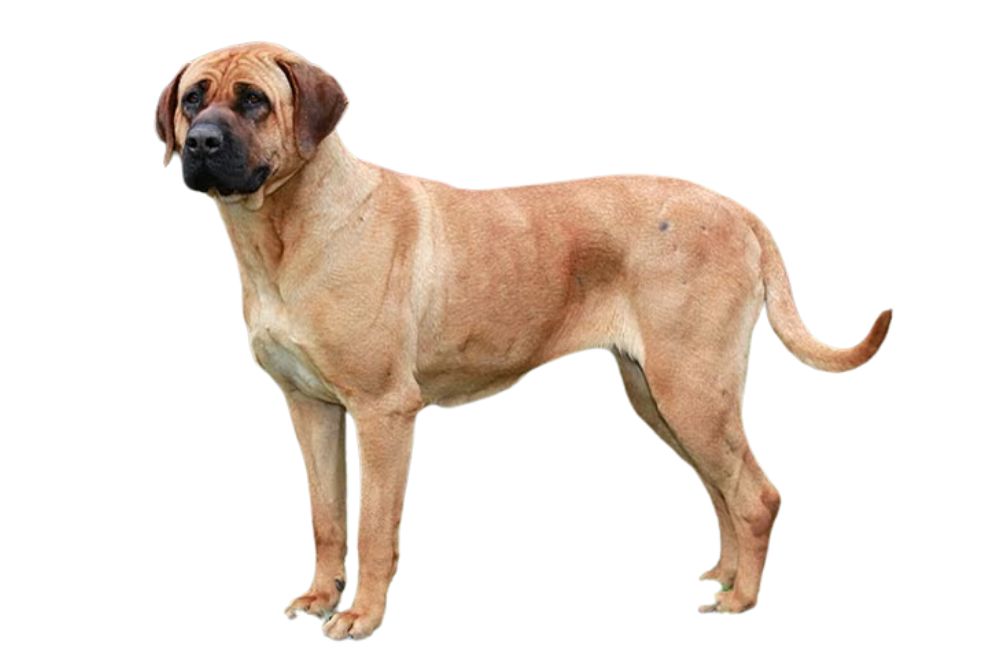
Further to this point, the Japanese Tosa is extremely rare and was developed in Japan for dog fighting. Tosas do not function in the same spectrum as many Western breeds who were originally bred for fighting. They silently empathize with their quarry when faced with an attack; tolerance for pain and discipline in some of the world’s strongest dogs make this slippery.
Why They Are Restricted:
Public safety concerns driven by large jaw size and the breed’s history associated with fighting add clear concern with this breed.
Legal Status:
Banned under the Dangerous Dogs Act 1991.
3. Dogo Argentino
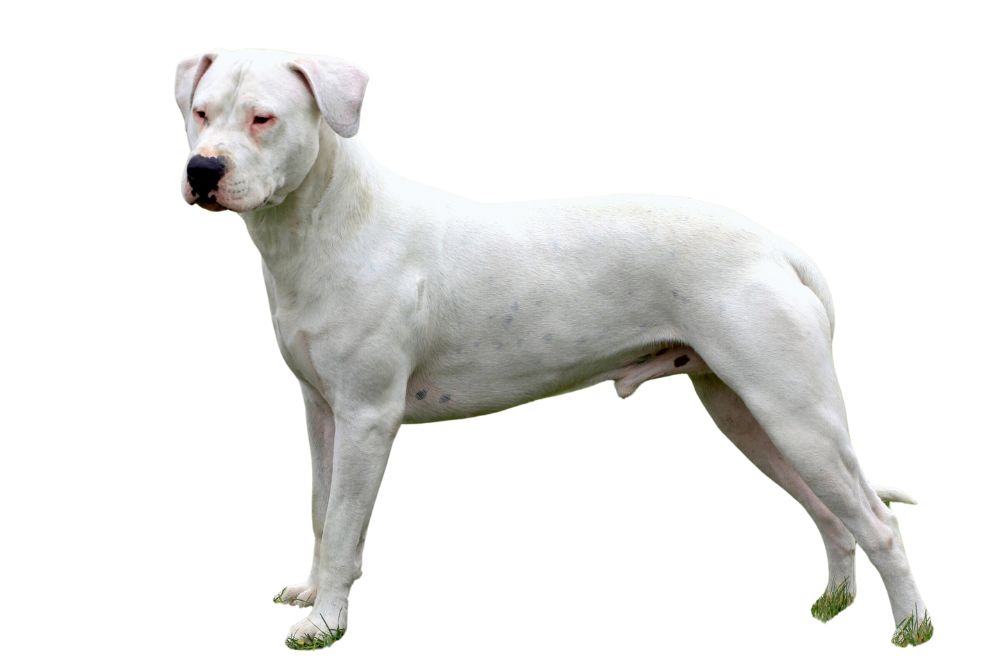
Originally bred in Argentina for hunting large game like wild boar, Dogo Argentino’s are extremely intelligent, loyal, and really good workers, but their slight propensity for aggression or high prey drive means they do need experienced handlers to even out their bundles of energy.
Why They Are Restricted:
They pose a concern when not adequately socialized. They require a lot of supervision to correct any mischief that might happen.
Legal Status:
Banned under the Dangerous Dogs Act 1991.
4. Fila Brasileiro
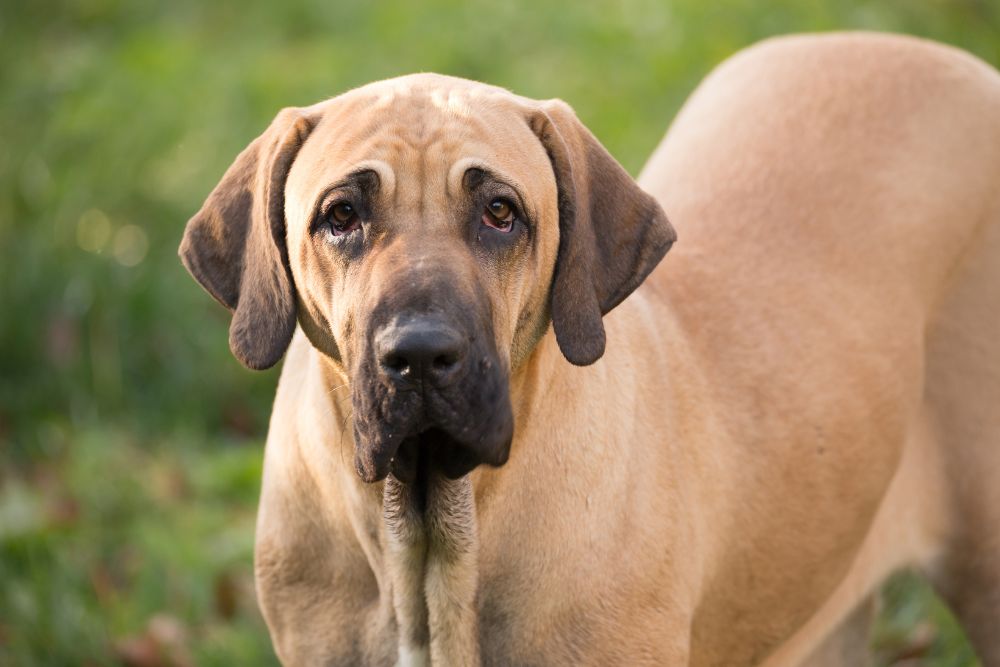
Commonly known as the Brazilian Mastiff, this is a giant canine with massive structures and deeply rooted loyalty to the family while being deeply wary of outsiders. The Filas were bred originally to protect property and hunt jaguars; their protective instincts usually run deep and require firm handling.
🐾 Why They Get Termed Dangerous:
Their history with guarding instincts and being wary among strangers makes them a very high-risk breed. These dogs are supposed, therefore, to be in the hands of experienced dog handlers who can provide them with tons of socialization and training.
🐾 Legal Status:
Fila Brasileiro is illegal as per the Dangerous Dogs Act 1991.
The Dangerous Dogs Act 1991—What Every Owner Should Know
Tip: Be sure to check with your local council’s most recent annotated versions regarding restricted breeds; it’s a work in progress. The Dangerous Dogs Act 1991 came into effect to regulate certain breeds found highly dangerous within the limits of the UK.
This act also asserts that:
🐾 Certain breeds also termed dangerous are illegitimate assets in that they cannot be owned, bred, sold, or offered as gifts.
🐾 With tempers assessed and found not to be dangerous to the public, exemptions might be made.
🐾 Owners are subjected to stringent regulations, including possibly keeping their dogs muzzled and on a lead in public.
Other Breeds That Raise a Few Eyebrows
Although only four breeds have been banned under UK law, other breeds require certain measures to be taken or restricted due to their naturally guard qualities and strength. These include:
🐾 Rottweilers: Powerful, aggressive, and protective; require solid training.
🐾 Dobermans: Lonely and aggressive dogs that can be dealt with only while well socialized.
🐾 Bullmastiffs: A genuinely enormous and powerful breed of dogs originally bred as guard dogs.
🐾 German Shepherds: Intelligent and loyal but can develop aggressive behavior if not handled appropriately.
Becomes a Commendable and Responsible Pet Owner
Tip:Start socialization early: get your dog to interact with other dogs, people, places, and situations to encourage good behavior.
Responsible dog ownership guarantees good behavior and well-behaved pets when the proper handling, training, and socializing approaches are also applied.
🐾 Socialization With Other Animals and People: From an early age, train dogs in the company of other people, animals, and surroundings.
🐾 Training: Offer obedience training to fend off future behavioral issues and maintain control over such a powerful or rather colossal breed.
🐾 Promote and Comply With Laws: The owners ought to be benevolently aware of whole-agnostic regulations pertaining to this breed upon owning dogs in the UK.
The Final Woofs: Handling Strong Breeds the Right Way
While some breeds might be considered dangerous or restricted in the UK, actual responsible ownership is an obvious point of assurance for the dog’s behavior.
Knowledge of breed traits, abiding by the law, and properly training the dogs will bring about a safety net for the dogs and the public alike. Always be aware of local laws before you select a breed; you will be most rewarded in seeking a safe and happy companionship.
Discover expert tips to turn your pet into a top-notch protector. 📩 Get expert guard dog training tips today. 👉 Start Training Now

